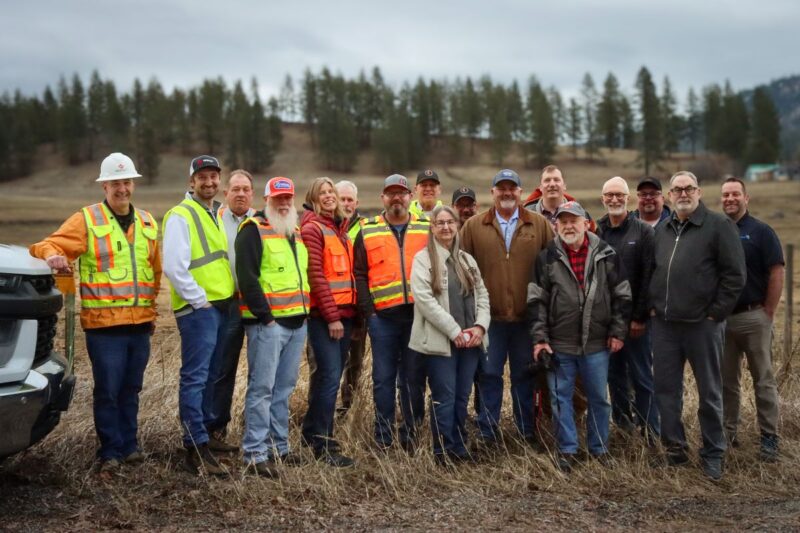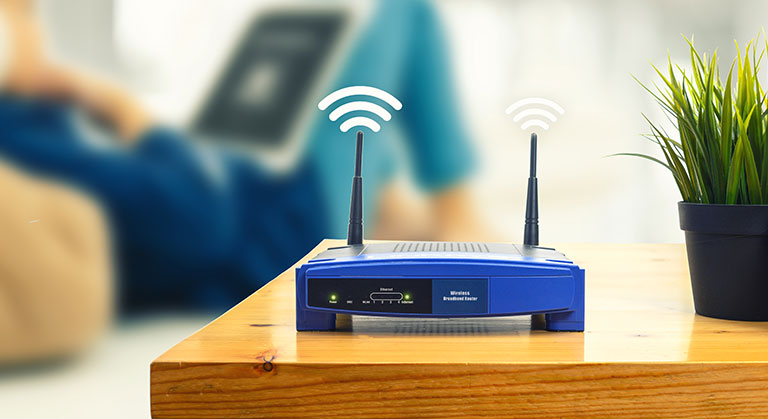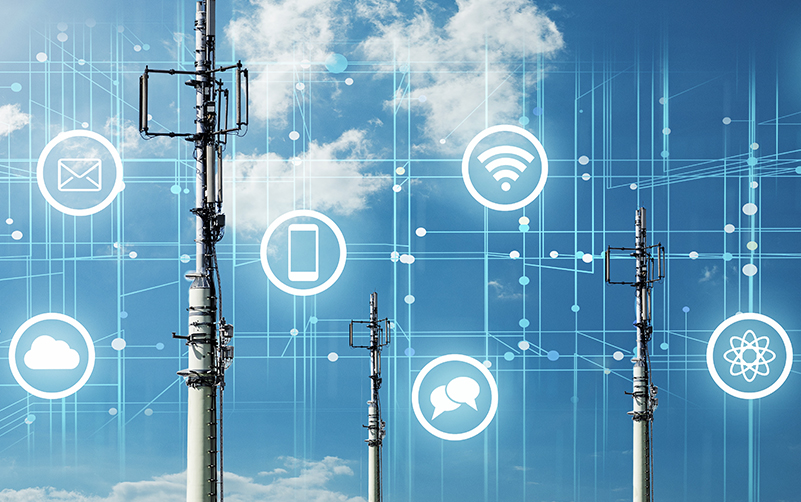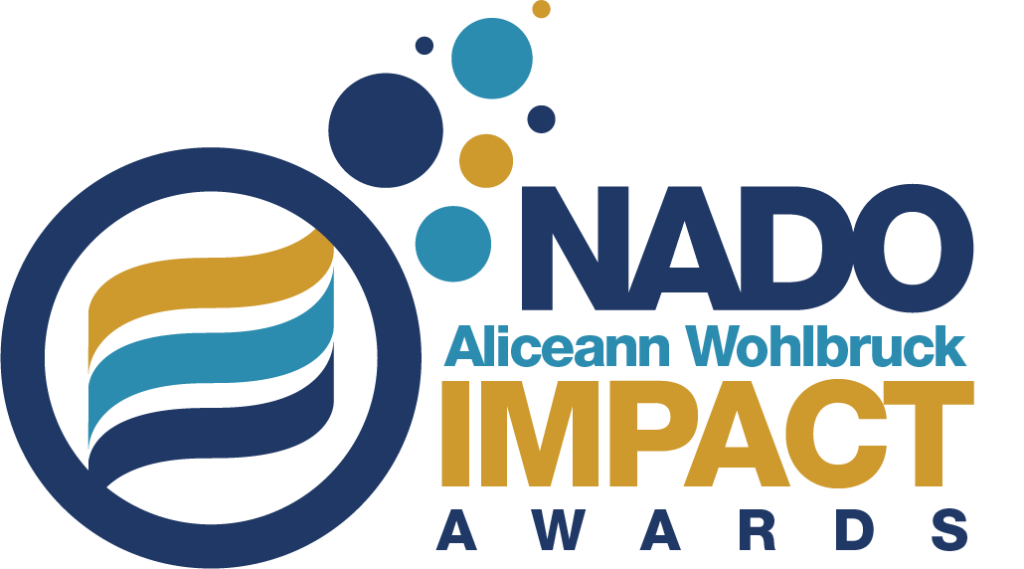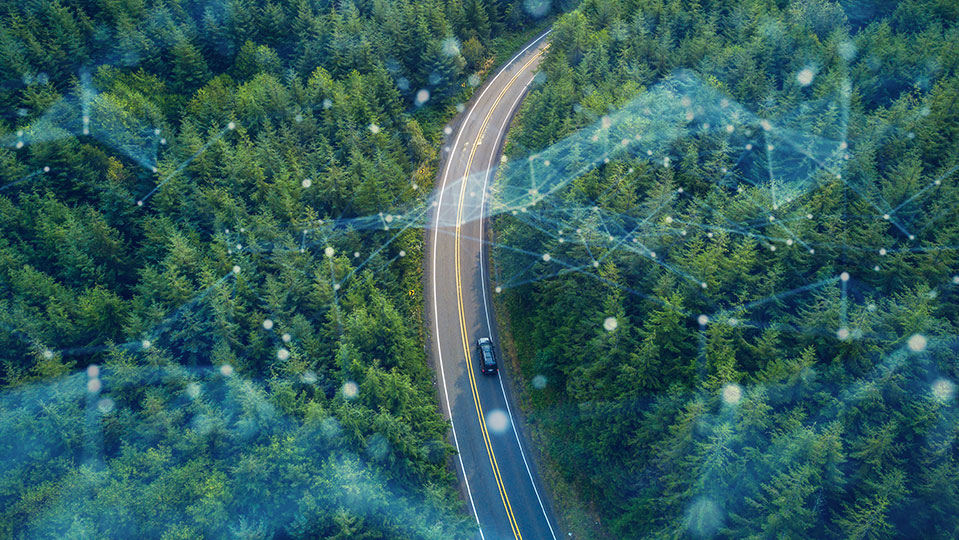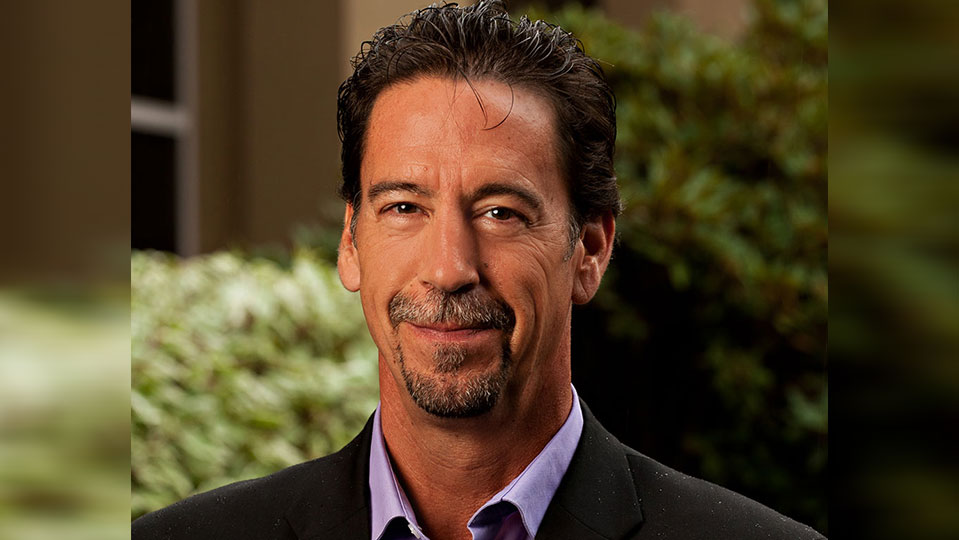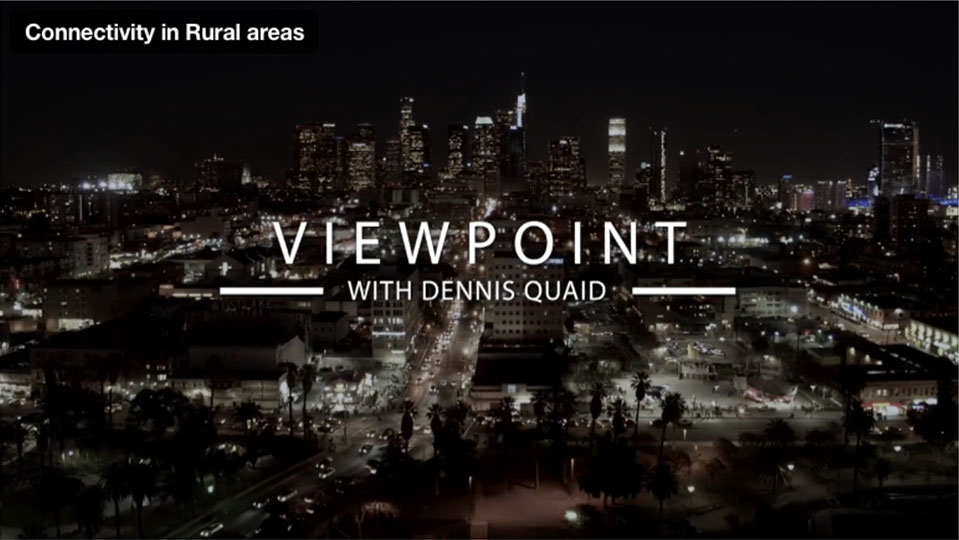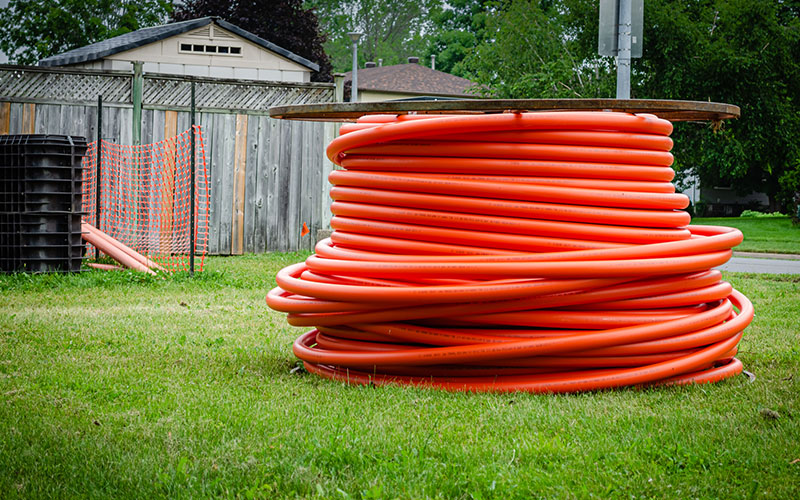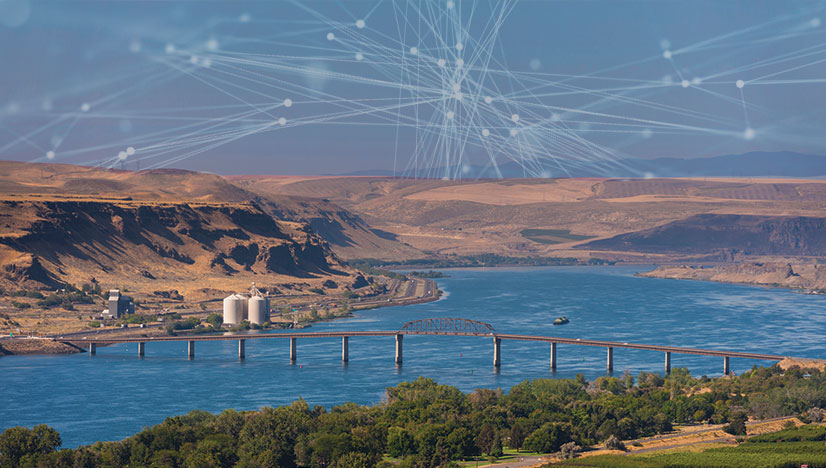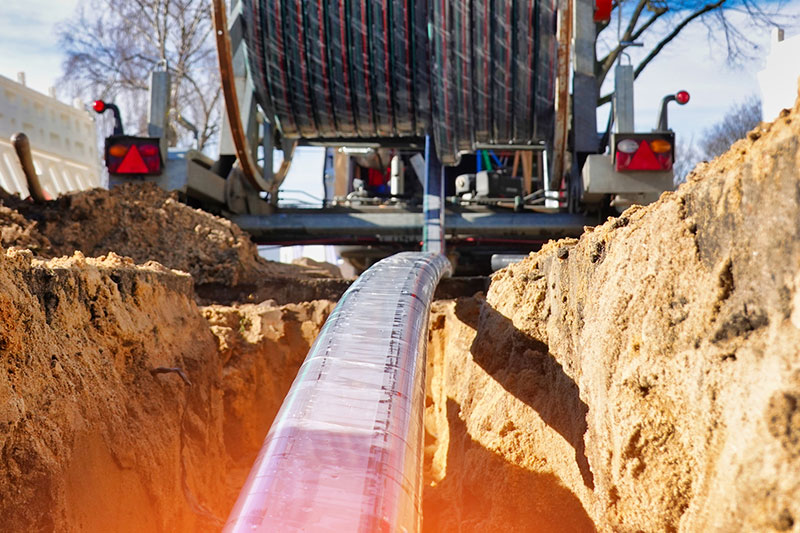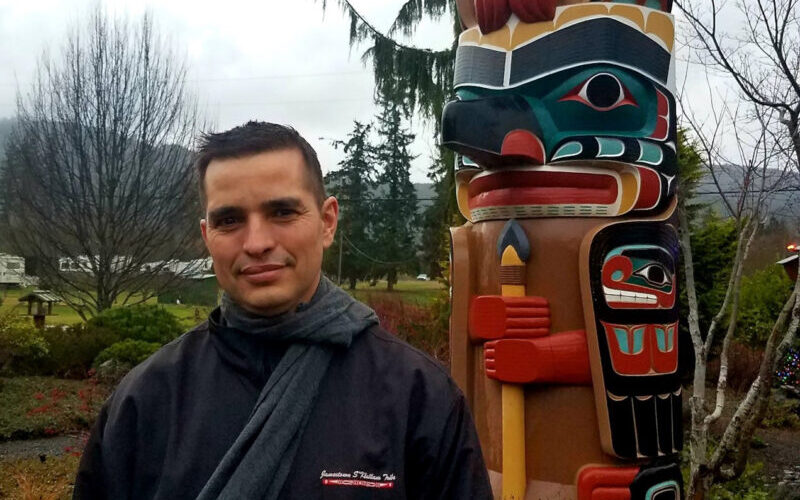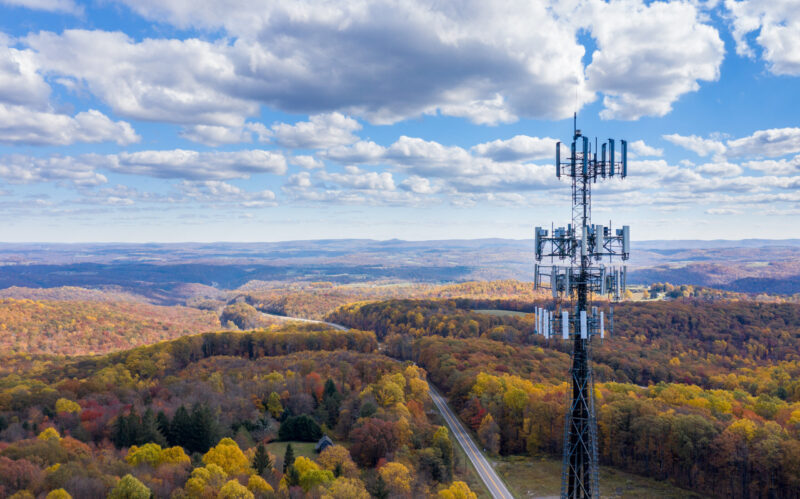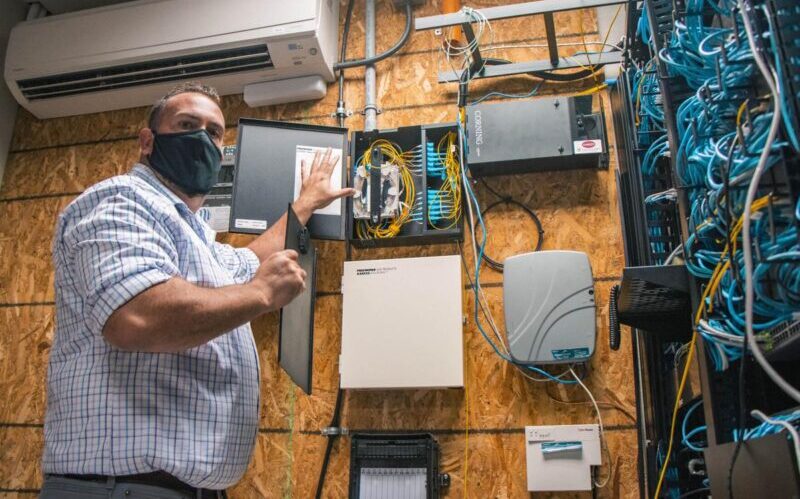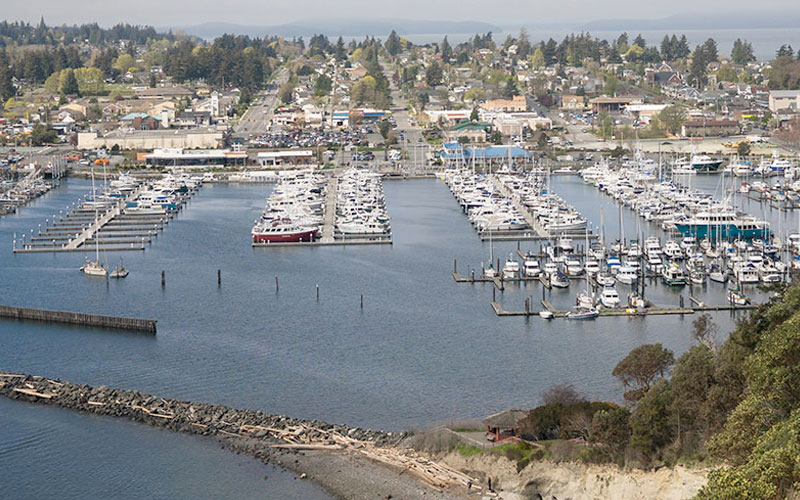While NoaNet and its community partners utilize many technologies to deliver broadband access to underserved communities, our networks are predominantly built from fiber-optic lines. Fiber is currently the fastest, most-reliable Internet technology available. Put simply, fiber infrastructure offers vastly better download and upload speeds and more consistent data transmission for its users.
As a broadband-delivering medium, it is tough to beat fiber optics. Fiber networks are not new, as they have been in use since the 1970s for data transmission. What has evolved is the equipment that sends and receives the light pulses, which has improved substantially in the past 50 years. There is no better medium than fiber optic cable for transmitting Internet data in the foreseeable future.

Unlike copper wire or phone lines which carry data through electrical pulses, optical fiber is a hair-thin strand of glass specially designed to trap and transmit light pulses. Because the glass strands can carry these light pulses with extremely high efficiency, they enable high bandwidth signals over long distances without signal degradation.
Capacity
Broadband can also be delivered through non-fiber technologies such as telephone and cable lines, wireless signals, and satellites. While all of these can transmit broadband signals, with ever-increasing bandwidth needs, a fiber backhaul is needed to keep up with capacity requirements.
Copper wire loses about 94% of its bandwidth capacity over 100 meters. In contrast, fiber optic lines only lose about 3% over the same distance. Copper wire is less expensive to deploy but has limited capacity capabilities. Wireless can be a good solution when wireline infrastructure is cost-prohibitive due to difficult geography or low-building density but is susceptible to interference by weather, trees and other environmental factors. Satellite Internet is known for its high latency and low capacity, which cripples it from being a high-quality option.
Fiber-optic broadband infrastructure can support virtually unlimited bandwidth use and has very little signal degradation over long distances. The amount of data that can be carried over fiber-optic lines simultaneously is unknown; we haven’t reached the limit yet. As new technologies are developed to send and receive the signals over fiber, the capacity of fiber optic lines continues to increase. Fiber-optic broadband infrastructure is the highest-capacity, most reliable and upgradable technology in use today.

An Investment in the Future
More than 150 private Internet Service Providers (ISPs) leverage NoaNet’s backbone to provide Internet services to Washington homes and businesses. These ISPs are going beyond antiquated copper cable and DSL networks to leverage fiber’s speed and reliability. NoaNet is proud to work with these organizations to support the “heavy lifting” of obtaining fast, reliable fiber-optic broadband Internet backbone into rural town centers throughout the Northwest, so they can deploy locally to homes and businesses. High quality broadband access will assure Washington communities with public safety, emergency response, law enforcement, court proceedings, education, telemedicine and so much more. As new technologies are developed, we’ll be there to explore them. For the foreseeable future, fiber is here to stay.


